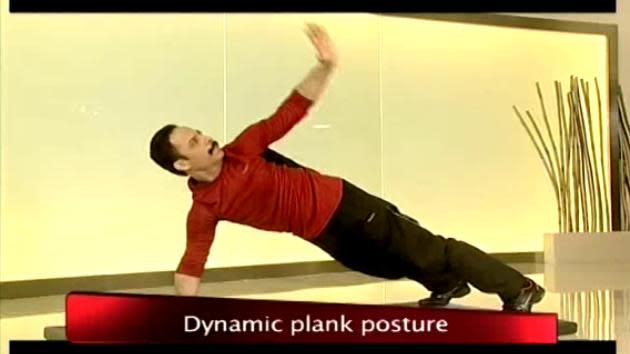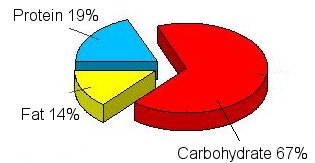What is Posture?….
| What is posture? Posture is a term used to describe a position of the body or the arrangements of body parts relative to one another. Ideal postures are those assumed to perform an activity in the most efficient manner utilizing the least amount of energy. All activity begins with a posture and ends with a posture. The relationships between body parts can be controlled voluntarily but to do this would require too much concentration. During normal functioning one’s postures and adjustments to postures are automatic and occur quickly.
Posture exercises should include both stretching, strengthening, and proprioceptive exercises and below I will explain why this is so. Posture is Dynamic
Posture is EasyYou are probably thinking that standing up straight is not easy. Most people would intuitively consider postural muscles as those that hold a body upright, standing, against gravity. For perfectly erect standing, however, very little muscle activity is needed. Joints are balanced on one another in such a way as to minimize the work necessary to hold one upright against gravity. Posture in these terms is thought of as static. How often do we just stand there? People need to move to function and to work, so I will talk of posture on this page as the positions we assume during the day in preparation for other positions we assume. We are always preparing to move whether it be to pick up a mouse or walk to the store. In this way we can think of posture as dynamic, always changing. If you have some tight muscles, however, more muscle activity may be required to work against the tight muscles to hold a joint in its neutral position. In this way stretching will help you maintain good postures. Muscles that typically become tight are often referred to as the tonic muscles when discussing how to improve posture. Posture is Dynamic
In order to function optimally, muscles must work at their optimum length and be long enough to allow for coordinated movement. Obviously a muscle that is tight will not allow a joint to move through its full range of motion. To avoid joint injury, joints must work within a range that they can maintain stability. As we move from one posture to another we must learn to do it efficiently, within this stable range or risk injury. A physical therapist will assess dynamic posture by examining each posture assumed individually and observing how an individual transitions between each posture. Why is examining dynamic posture important? it is usually during these transitions from one posture to another that injury occurs. Probably one of the most important times for one to maintain good posture is during lifting. The chest is up, feet shoulder width apart, head centred over the shoulders, the item to be lifted close to one’s base of support, and hips at an angle so that one feels like one is pushing through the floor. Deviation from this takes one’s joints and muscles outside of their optimal range of performance and increases risk of injury. Posture requires Coordination
The movement between one static posture and another requires the coordinated timing and recruitment of muscles specific to the task at hand. It is a programmed pattern of muscle activity that the body counts on to maintain stability. Some of these programmed patterns of movement are hard wired in the central nervous system, others are learned. For instance, when we open a heavy door there is a coordinated sequence of muscle contractions in your abdominal, back and lower extremity muscles that occurs even before you start pulling on the door with your hand. Causes of Poor Movement Patterns
Poor movement patterns can result from any of the following:
The movements controlled by normal reflex mechanisms are very small alterations in the position of the skeleton, shoulders, and pelvis. These normal reflex mechanisms are learned as an infant and become automatic reactions to changes in posture. The functioning of this system is dependent on adequate proprioception (position sense), strength, vision, and other sensory input. Because of this we can not look at the muscles’ functioning without looking at the sensory input. |







